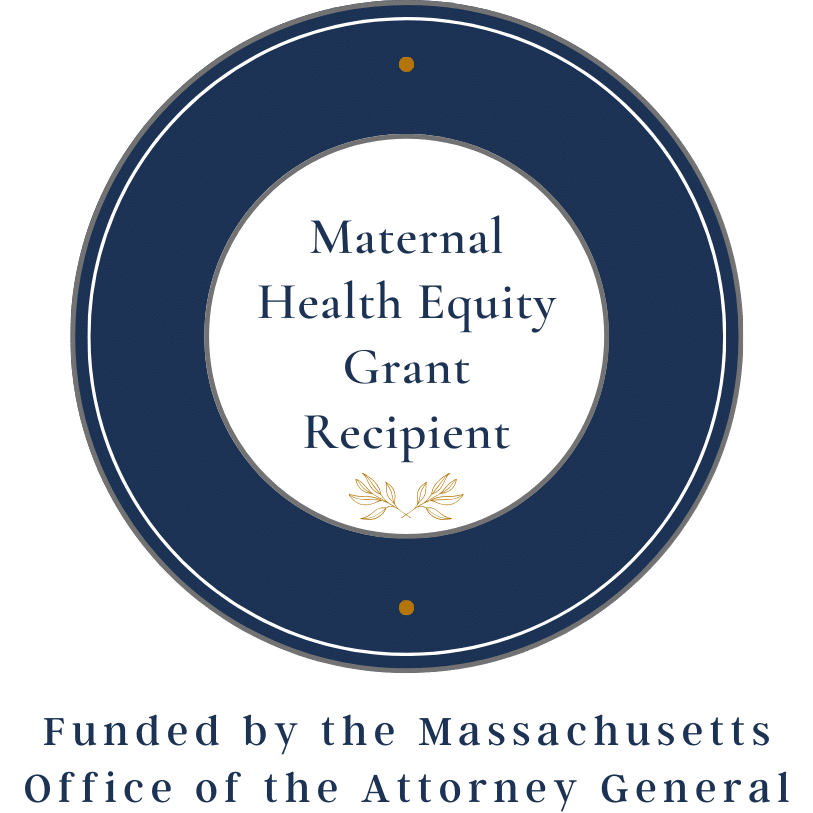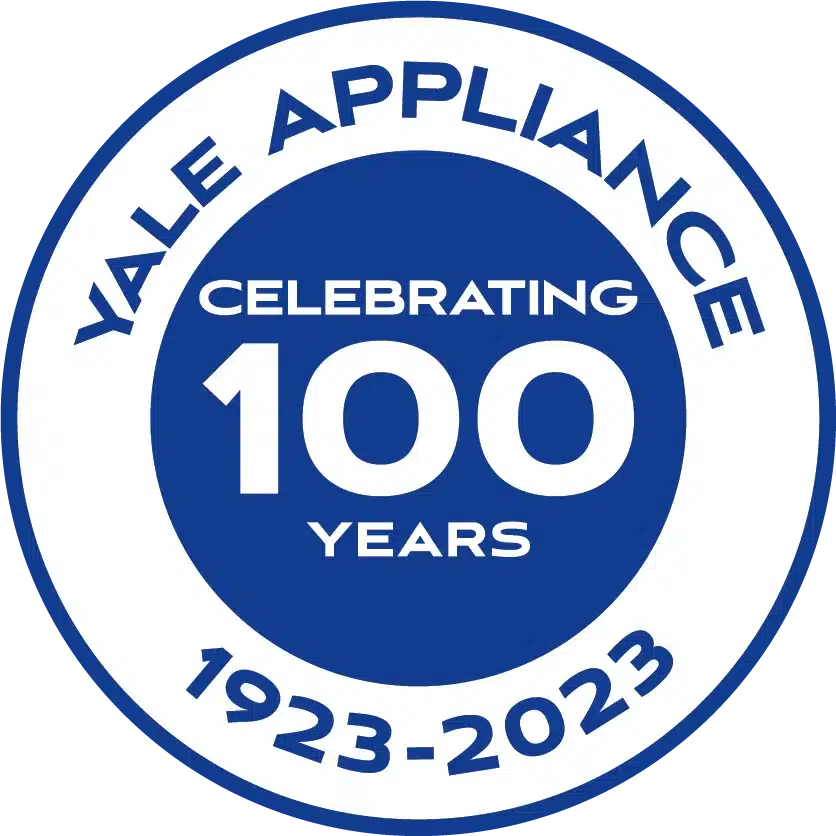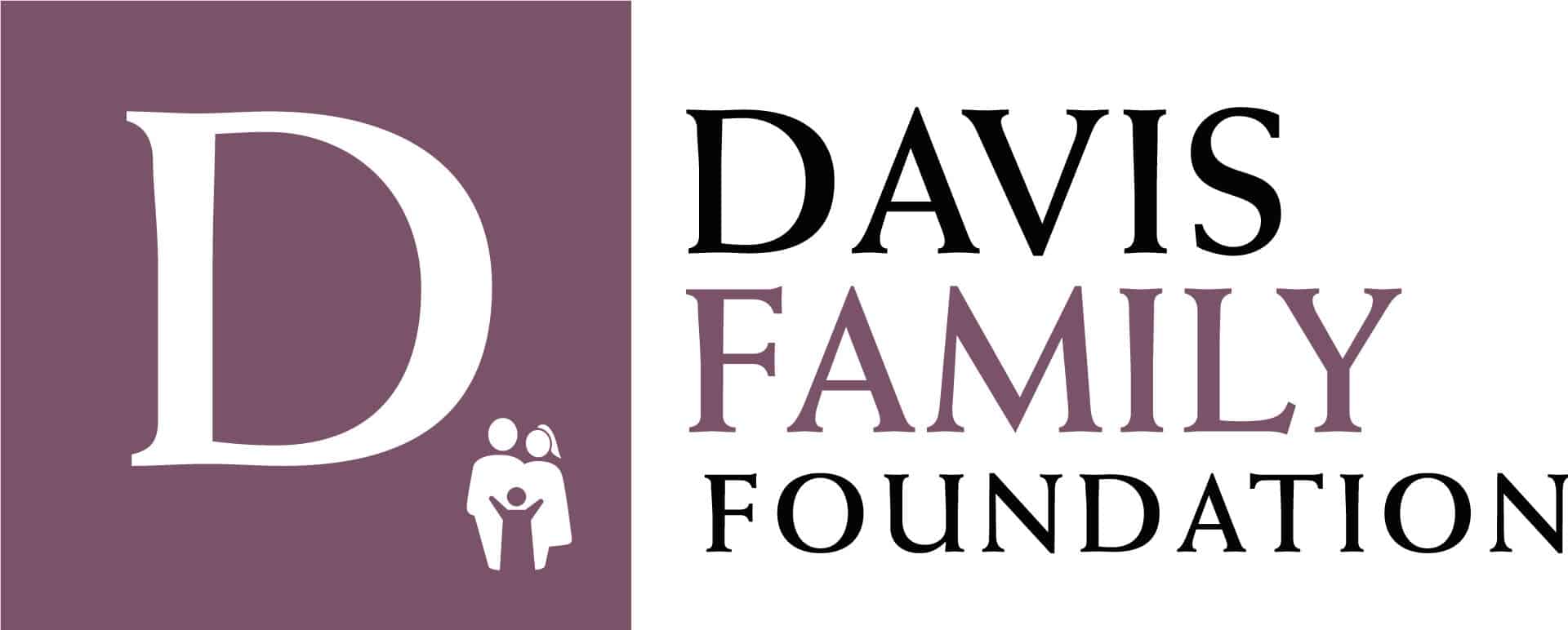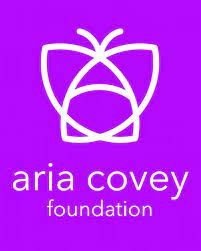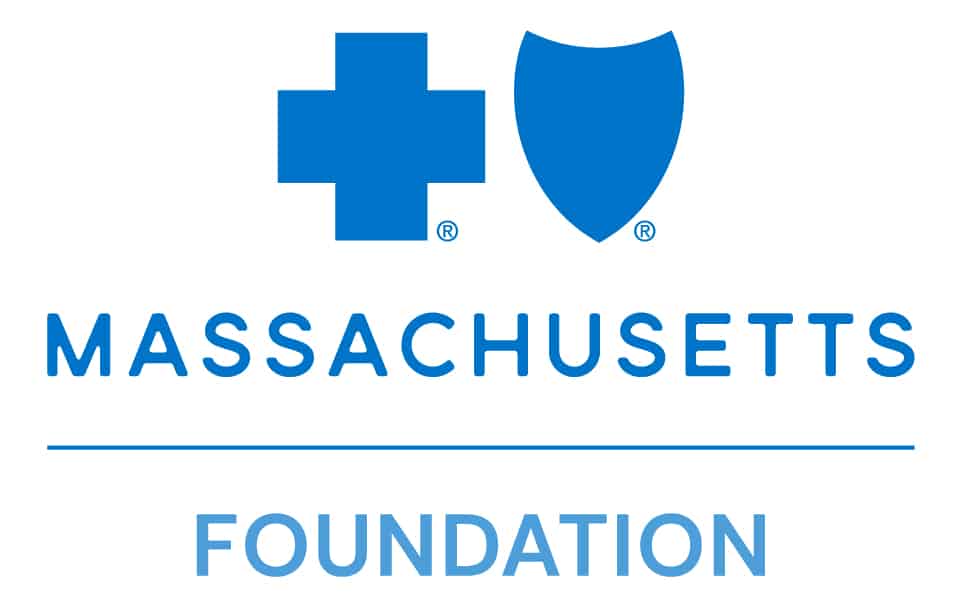Education is a large part of our mission here at the milk bank. As part of this, we strive to educate medical and general communities regarding the safe and appropriate use of pasteurized donor human milk (PDHM).
The research literature on human and donor milk is quite large, and continues to grow. The references below are primarily:
- Less than 8 years old (majority)
- Primarily literature reviews and best practices which include many references to allow for deeper examination of topics of interest;
- Divided by topic to make it easier to find relevant references for your needs.
- Mostly available online without pay walls.
https://www.nichd.nih.gov/newsroom/news/020724-preterm-human-milk-study
Compared to their formula-fed counterparts, extremely preterm infants fed donated human milk had half the rate of necrotizing enterocolitis, a common life-threatening condition of the intestines, according to a study funded by the National Institutes of Health (NIH).
Belfort, MB et al. 2022. Associations of Maternal Milk Feeding With Neurodevelopmental Outcomes at 7 Years of Age in Former Preterm Infants. JAMA Network Open. 2022;5(7):e2221608.
This long-term study examined the extent to which maternal milk feeding after very preterm birth is associated with cognitive, academic, and behavioral outcomes at school age. Findings from 584 study subjects, followed over 7 years indicate that maternal milk feeding during the neonatal hospitalization and after discharge were associated with better school-age performance, IQ, and academic achievement and with a reduction in ADHD symptoms, particularly among infants born at less than 30 weeks’ gestation.
Chantry, CJ et al 2015. ABM Position on Breastfeeding. Breastfeeding Medicine 10:9 (407-411)
This position paper, written to emphasize the extent to which physicians play a central role in the promotion, protection, and support of breastfeeding, lays out the importance of breastfeeding for infant health, growth and development, the tenets of Academy of Breastfeeding Medicine, and global statements on infant and young child feeding.
Horta, BL and Victora CG. 2013 Long Term Effects of Breastfeeding: A systematic review. World Health Organization report
This detailed, thorough review of the literature lays out the evidence regarding impact of breastfeeding on overweight and obesity, blood pressure, cholesterol, type 2 diabetes and performance in intelligence tests.
Meek JY, Noble L; Section on Breastfeeding.2022 Policy Statement: Breastfeeding and the Use of Human Milk. Pediatrics.;150(1): e2022057988
This recently updated position paper of American Academy of Pediatrics includes data and discussions of epidemiology, equity and diversity, breastfeeding exclusivity and duration, contraindications and special considerations, safe sleep, preterm infants, role of pediatrician, and key recommendations.
Wedekind, SIS, Shenker, NS. 2021. Antiviral Properties of Human Milk. Microorganisms 2021, 9(4), 715
In mammals, including humans, lactation and milk have intrinsic properties to support the relatively immunocompromised neonate from environmental pathogens, as well as support the normal development of diverse immune responses. Human milk contains specific constituents that drive immune learning and maturation, and direct protection against microorganisms. This paper examines those elements and their protective roles.
AAP Committee on Nutrition, AAP Section on Breastfeeding, AAP Committee on Fetus and Newborn 2017. Donor Human Milk for the High-Risk Infant: Preparation, Safety, and Usage Options in the United States. Pediatrics.;139(1):e20163440
This thorough review article addresses: preparation, pasteurization and distribution of donor milk; safety; usage; outpatient use; cost; and regulation of milk banks in the US.
AWHONN 2021. The Use of Human Milk During Parent-Newborn Separation Journal of Obstetric, Gynecologic & Neonatal Nursing 50(5):e9-e42.
This evidence based clinical practice guideline covers a wide range of topics including: exclusive human milk diets; pasteurized donor human milk; informal milk sharing; breastfeeding disparities; informed feeding choices; the role of the RN; and research priorities.
John A, et al. 2019. Macronutrient variability in human milk from donors to a milk bank: Implications for feeding preterm infants. Public Library of Science ONE 14(1): e0210610.
The variability of human milk composition impacts the ability to meet nutrient requirements for preterm infants. This study used milk samples from 443 milk donors to: describe the macronutrient variability in human milk and how it contributes to the ability to meet the protein and calorie targets for the preterm infant using fortification with commercially available multi-nutrient fortifiers; assess how temporal versus subject effects explain macronutrient variability; and determine how macronutrient variability contributes to the nutrient distribution in pooled donor milk.
Parker MG, Stellwagen LM, Noble L, et al; AAP Section on Breastfeeding, Committee on Nutrition, Committee on Fetus and Newborn. 2021. Promoting Human Milk and Breastfeeding for the Very Low Birth Weight Infant. Pediatrics.148(5):e2021054272
This AAP position paper covers: the epidemiology and health outcomes of human milk feeding for VLBW infants; lactation care and support in the NICU and after discharge; health equity and disparities; fortification needs; human milk safety; and discharge planning.
Quigley M, Embleton ND, McGuire W. 2019. Formula versus donor breast milk for feeding preterm or low birth weight infants. Cochrane Database of Systematic Reviews Issue 7. Art. No.: CD002971.
Cochrane review based on 12 randomized or quasi‐randomized controlled trials (RCTs) (1879 infants) compared feeding with formula versus donor breast milk in preterm or LBW infants. Moderate‐certainty evidence indicates that feeding with formula compared with donor breast milk, either as a supplement to maternal expressed breast milk or as a sole diet, results in higher rates of weight gain, linear growth, and head growth and a higher risk of developing necrotizing enterocolitis. The trial data do not show an effect on all‐cause mortality, or on long‐term growth or neurodevelopment.
Sisk, P et al. 2017. Necrotizing Enterocolitis and Growth in Preterm Infants Fed Predominantly Maternal Milk, Pasteurized Donor Milk, or Preterm Formula: A Retrospective Study. Am J. Perinatol, 34(07): 676-683
Retrospective study of 551 preterm infants (< 1500 grams, 32 weeks’ gestation) found mothers’ milk and PDHM feedings, given until 34 weeks postmenstrual age, were associated with lower rates of NEC in very low birth weight infants without interfering with growth.
Vazquez et al, 2019. Availability of donor milk for very preterm infants decreased the risk of necrotizing enterocolitis without adversely impacting growth or rates of breastfeeding. Nutrients 11: 1895
This study compared the incidence of necrotizing enterocolitis (NEC) and late-onset sepsis (LOS) in very preterm infants after the introduction of donor milk. Enteral nutrition was started earlier after donor milk became available. Incidence of NEC decreased, especially in those born between 28 and 32 weeks. Surgical NEC was also less frequent. Suffering NEC was 4 times more likely before DM was introduced. Availability of DM did not impact breastfeeding rates or preterm growth. Findings support the protective role of DM against NEC, particularly in non-extreme prematurity.
AAP COMMITTEE ON NUTRITION, AAP SECTION ON BREASTFEEDING, AAP COMMITTEE ON FETUS AND NEWBORN. 2017. Donor Human Milk for the High-Risk Infant: Preparation, Safety, and Usage Options in the United States. Pediatrics. 139(1):e20163440
This thorough review article addresses: preparation, pasteurization and distribution of donor milk; safety; usage; outpatient use; cost; and regulation of milk banks in the US.
HMBANA, 2020. HMBANA Standards for Donor Human Milk Banking: An overview. Human Milk Banking Association of North America.
Overview of safety standards for nonprofit HMBANA milk banks including: donor education and screening; and donor milk storage, processing, testing and dispensing.
Colaizy, TT 2021. Effects of milk banking procedures on nutritional and bioactive components of donor human milk. Seminars in Perinatology, 45
This review compiles evidence regarding the effects of three types of heat treatment on the nutritional content and bioactive factors in human milk. It reviews of literature investigating the impact of freezing and storage, and best practices for multi-donor milk pooling. Pasteurization is very effective at inactivating viruses and bacteria in donor human milk but negatively affects milk’s nutritional and bioactive factors to some degree. Energy content is decreased in Holder pasteurized donor milk, driven by loss of both fat and protein. Multiple storage containers and freeze-thaw cycles may also contribute these effects.
Parra-Llorca A, et al. 2018 Preterm Gut Microbiome Depending on Feeding Type: Significance of Donor Human Milk. Front. Microbiol. 9:1376. doi: 10.3389/fmicb.2018.01376
This study examines the impact of donor human milk (DHM) upon preterm gut microbiota. DHM favors an intestinal microbiome more similar to mothers’ own milk (MOM) than formula despite the differences between MOM and DHM. This may have beneficial long-term effects on intestinal functionality, immune system, and metabolic activities.
Peila, C et al. 2016. The Effect of Holder Pasteurization on Nutrients and Biologically-Active Components in Donor Human Milk: A Review. Nutrients, 8 477.
This paper reviewed 44 studies on the effects of Holder pasteurization on the properties of DM, and to provides a comparison of the reported variations of biologically active DM components before and after pasteurization. The findings report variable results. Overall, the data indicate that Holder pasteurization affects several milk components, although it is difficult to quantify the degradation degree. However, clinical practices demonstrate that many beneficial properties of DM persist after pasteurization.
Unger S et al, 2020. Holder pasteurization of donated human milk is effective in inactivating SARS-CoV-2. Canadian Medical Association Journal 192 (31) E 871-E874
Pasteurization of human milk by the Holder method inactivates SARS-CoV-2. Thus, in the event that donated human milk contains SARS-CoV-2 by transmission through the mammary gland or by contamination, this method of pasteurization renders milk safe for consumption and handling by care providers.
Jones, F. 2019 Best Practice for Expressing, Storing and Handling Human Milk in Hospitals, Homes, and Child Care Settings, Fourth Edition. Human Milk Banking Association of North America.
A thorough overview of research evidence on a wide range of topics related to safe expression, storing, handling and feeding breastmilk and donor milk to full term, preterm and older infants.
Steele C (2018) Best Practices for Handling and Administration of Expressed Human Milk and Donor Human Milk for Hospitalized Preterm Infants. Frontiers in Nutrition. 5:76. doi: 10.3389/fnut.2018.00076
This mini-review article summarizes current published best practices for the handling of human milk for preterm infants within the hospital setting. Emphasis focuses on: the use of aseptic technique with proper sanitation and holding times/temperatures to limit microbial growth; use of technology to prevent misadministration of human milk and fortification errors as well as for tracking of expiration dates/times and lot numbers; and workflow strategies to promote safety while improving efficiencies.
Belfort et al, 2018: Prevalence and trends of donor milk use in the well-baby nursery: a survey of northeast US birth hospitals. Breastfeeding Medicine 13(1):34-41
This survey was conducted to determine: prevalence, trends, and hospital- level correlates of donor milk use for healthy newborns in the northeast United States; and clinician knowledge and opinions regarding this practice. Many northeast United States birth hospitals currently use donor milk for healthy newborns. This practice is associated with higher exclusive breastfeeding at hospital discharge. Relationships with breastfeeding after discharge and related outcomes are unknown.
Kair LR and Flaherman VJ, 2017. Donor milk or formula: A qualitative study of postpartum mothers of healthy newborns. Journal of Human Lactation. 33(4):710-716
This study explored maternal perceptions about donor milk and formula supplementation and implications for continued breastfeeding. Identified themes included the following: Donor milk is seen as temporary whereas formula is seen as an ongoing plan; Formula is viewed as familiar whereas donor milk is viewed as unfamiliar; Donor milk is costly and challenging logistically; and donor milk is “healthier.”
Mannel, R and Peck JD, 2017. Outcomes associated with type of milk supplementation among late preterm infants Journal of Obstetric, Gynecologic & Neonatal Nursing, 47(4):571-582.
This retrospective chart review study assessed whether type of milk supplementation provided to breastfeeding late preterm infants (LPIs) was associated with length of stay (LOS) in the hospital or breastfeeding status at discharge. Findings suggest that human milk supplementation (expressed breast milk or donor milk) discourages transition to formula feeding before hospital discharge without increasing length of stay.
Sen et al 2017. Donor milk utilization for healthy infants: experience at a single academic medical center Breastfeeding Medicine, 13 (1) 28-33.
This observational study sought to quantify utilization trends and characteristics of mothers and their healthy newborns who received donor milk during their postpartum stay. Donor utilization increased over time in healthy infants. The most common indications for providing donor milk were parent/caregiver request and excessive weight loss/dehydration.
Williams T et al, 2016. Use of donor human milk and maternal breastfeeding rates: A systematic review Journal of Human Lactation 32(2) 212-220.
This systematic literature review of studies regarding maternal breastfeeding rates before and after the introduction of DHM addresses the concern that the introduction of DHM may actually lead to a decrease in maternal breastfeeding. The available data demonstrate some evidence of positive and negative effects on measures of maternal breastfeeding when DHM is introduced to a neonatal unit.
Bramer, S et al. 2020. Use of Donor Human Milk in Nonhospitalized Infants: An infant growth study. Maternal and Child Nutrition Maternal Child Nutrition Wiley Online Library, Issue 17:e13128.
This retrospective study evaluated growth in term infants in the community who received donor milk (DM) from a UK milk bank. Findings suggest that growth velocity was not affected by feeding exclusive mothers’ own milk, supplemental or exclusive DM. DM was well-tolerated with no adverse events that led to early cessation. After receiving supplemental DM, 63% of infants whose mothers had no physical barrier to breastfeeding were exclusively breastfed. This study indicates adequate growth outcomes of healthy non-hospitalized infants receiving DM, either as the sole milk source or supplement.
Williams T et al, 2016. Use of donor human milk and maternal breastfeeding rates: A systematic review Journal of Human Lactation 32(2) 212-220.
This systematic literature review assessed studies regarding maternal breastfeeding rates before and after the introduction of DHM. This study addresses the concern that the introduction of DHM may actually lead to a decrease in maternal breastfeeding. The available data demonstrate some evidence of positive and negative effects on measures of maternal breastfeeding when DHM is introduced to a neonatal unit.
Questions have arisen regarding how best to thicken breast milk for babies with reflux and other swallow issues. There is very little research on use of thickeners for human milk, and on bottle feeding vs direct breastfeeding.
If there are topics or papers you think we should include, please let us know:
